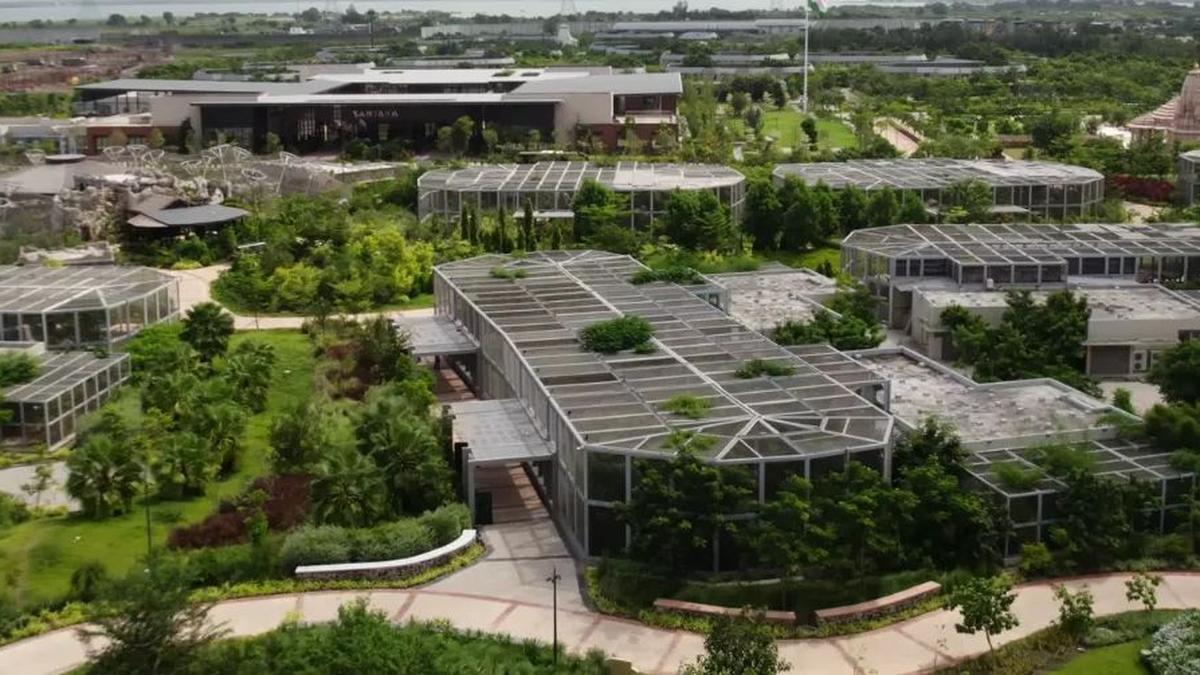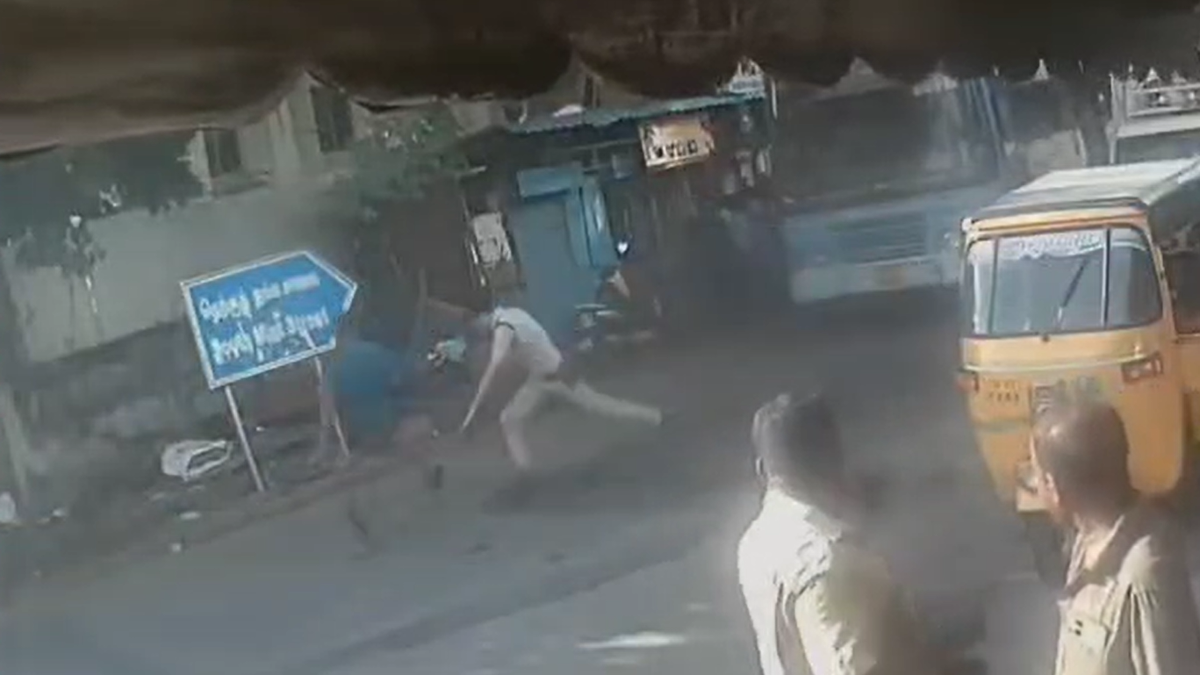The U.S. Customs and Border Protection (CBP) has issued a draft notice on the implementation of additional duties on products imported from India, following the announcement by U.S. President Donald Trump to increase tariffs on Indian goods to 50%.
According to the notice, the additional tariffs are being imposed to give effect to the President's Executive Order 14329 of August 6, 2025, titled "Addressing Threats to the United States by the Government of the Russian Federation."
The order specified a new rate of duty on imports of articles that are products of India.
The draft notice, scheduled to be published on August 27, 2025, states that the Secretary of Homeland Security has determined it necessary to modify the Harmonized Tariff Schedule of the United States (HTSUS) in line with the executive order.
The CBP further clarified that the new duties will come into effect on August 27, 2025. From 12:01 a.m. eastern daylight time on that day, the higher tariffs will apply to all products of India that are either entered for consumption in the United States or withdrawn from warehouses for consumption.
Earlier on July 30, 2025, U.S. President Donald Trump announced an additional 25% tariffs on India. He stated that "Remember, while India is our friend, we have, over the years, done relatively little business with them because their Tariffs are far too high, among the highest in the World, and they have the most strenuous and obnoxious non-monetary Trade Barriers of any Country," Trump said in a post on Truth Social."
Also, they have always bought a vast majority of their military equipment from Russia, and are Russia's largest buyer of ENERGY, along with China, at a time when everyone wants Russia to STOP THE KILLING IN UKRAINE - ALL THINGS NOT GOOD! INDIA WILL THEREFORE BE PAYING A TARIFF OF 25%, PLUS A PENALTY FOR THE ABOVE, STARTING ON AUGUST 1st. THANK YOU FOR YOUR ATTENTION TO THIS MATTER. MAGA!", the U.S. President said.
Prime Minister Narendra Modi on Monday (August 25, 2025) remained firm ahead of the 50% U.S. tariffs on Indian goods, effective August 27, saying his government will find a way out regardless of the economic pressure by Washington.
"No matter how much pressure comes, we will keep increasing our strength to withstand it. Today, the Atmanirbhar Bharat Abhiyan is getting a lot of energy from Gujarat and behind this are two decades of hard work...," Mr. Modi said while speaking at a public address in Ahmedabad on Monday (August 25, 2025).
How bad will it be?
The United States was India’s top export destination in 2024, with shipments worth $87.3 billion.
Analysts at Nomura warn that 50% duties would be “akin to a trade embargo”, devastating smaller firms with “lower value add and thinner margins”.
Elara Securities’s Garima Kapoor said no Indian product can “stand any competitive edge” under such heavy import taxes.
Economists estimate tariffs could shave 70 to 100 basis points off India’s GDP growth this fiscal year, dragging growth below six percent, the weakest pace since the pandemic.
Exporters in textiles, seafood and jewellery are already reporting cancelled US orders and losses to rivals such as Bangladesh and Vietnam, raising fears of heavy job cuts.
A small reprieve: pharmaceuticals and electronics, including iPhones assembled in India, are exempt for now.
S&P estimates exports equivalent to 1.2 percent of India’s GDP will be hit, but says it will be a “one-off” shock that “will not derail” the country’s long-term growth prospects.
Will either side blink?
There’s no sign yet. In fact, since the US and Russian presidents met in Alaska, Washington has ramped up criticism of India.
“India acts as a global clearinghouse for Russian oil, converting embargoed crude into high-value exports while giving Moscow the dollars it needs,” White House trade adviser Peter Navarro wrote in the Financial Times earlier this month, slamming the country’s refiners for “profiteering”.
External Affairs Minister S. Jaishankar fired back, arguing India’s purchases helped stabilise global oil markets — and were done with Washington’s tacit approval in 2022.
He argued that both the United States and Europe buy refined oil and associated products from India.
“If you have a problem buying oil from India, oil or refined products, don’t buy it”, he said. “Nobody forced you to buy it — but Europe buys, America buys.”
Mr. Jaishankar said that, until Trump’s ultimatum, there had been “no conversations” asking them to stop buying Moscow’s oil.
Trade trackers at Kpler say India’s stance will become clearer only in September, as most August shipments were contracted before Trump’s threats.
But experts say India is in a tricky situation.
India needs “considerable ingenuity and flexibility” to escape “what appears to be a no-win situation”, said Nandan Unnikrishnan of New Delhi-based Observer Research Foundation.
What can India do?
New Delhi has sought to bolster its economy while deepening ties with both BRICS partners and regional rivals.
Jaishankar flew to ally Moscow, producing pledges to ease barriers to bilateral trade, while Prime Minister Narendra Modi is preparing his first visit to China in seven years to repair long-frosty relations.
Domestically, Indian media reports that the government is working on a $2.8 billion package for exporters, a six-year programme aimed at easing liquidity concerns.
Modi has also proposed tax cuts on everyday goods to spur spending and cushion the economy.
What is blocking a trade deal?
Talks have stumbled over agriculture and dairy.
Mr. Trump wants greater U.S. access, while Modi is determined to shield India’s farmers, a huge voter bloc.
Media reports suggested that U.S. negotiators cancelled a planned late-August trip to India. That sparked speculation that discussions had broken down.
Mr. Jaishankar, however, says talks are continuing, adding drily: “Negotiations are still going on in the sense that nobody said the negotiations are off,” he said. “And people, people do talk to each other.”



.png)
.png)
.png)
















 3 hours ago
3
3 hours ago
3








 English (US) ·
English (US) ·